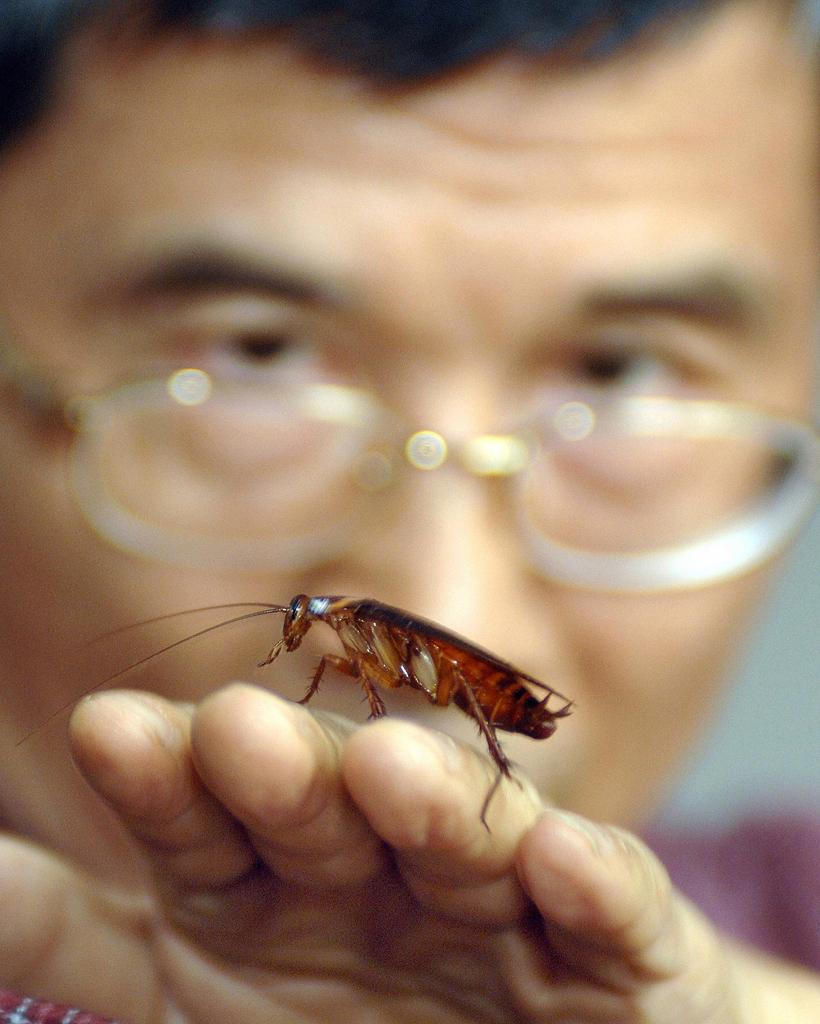Jumping cockroach discovered in South Africa
A newly discovered species of cockroach can leap with the agility and strength of a grasshopper.
Jumping cockroaches may sound like a nightmare, but unfortunately for insectophobics, scientists have discovered a new species of the bug that gets around by leaping instead of scuttling, according to a report in Biology Letters.
They're calling it a leaproach — species name, saltoblattella montistabularis — and for 71 percent of its life, it gets around by hopping. Its jumps are fueled by hind legs that are twice the length of its other legs and make up 10 percent of their total body weight. At just four-tenths of an inch long, these roaches can jump up to 50 body lengths in a single leap.
The study compares the cockroaches to grasshoppers, "with whom they share their habitat and which they rival in jumping performance." The cockroaches feed on grasshopper droppings and live in grasslands, according to the study.
The study's author Dr. Mike Picker, an entomologist at the University of Cape Town, and his co-author Jonathan F. Colville discovered the cockroach in 2006 while looking for ant larvae in the Silvermine Nature Reserve in the Table Mountain National Park in South Africa.
“The knee of the hind legs contains the elastic protein resilin,” Dr. Picker told the New York Times. “This probably restores the shape of the leg, which is bent during the forces of jumping.”
The leaproach “outcompetes locusts, which can only manage to jump 20 times body length,” Dr. Picker said.
Dr. Picker speculated that other species of jumping cockroaches exist and have yet to be discovered, the New York Times reported.
Every day, reporters and producers at The World are hard at work bringing you human-centered news from across the globe. But we can’t do it without you. We need your support to ensure we can continue this work for another year.
Make a gift today, and you’ll help us unlock a matching gift of $67,000!
